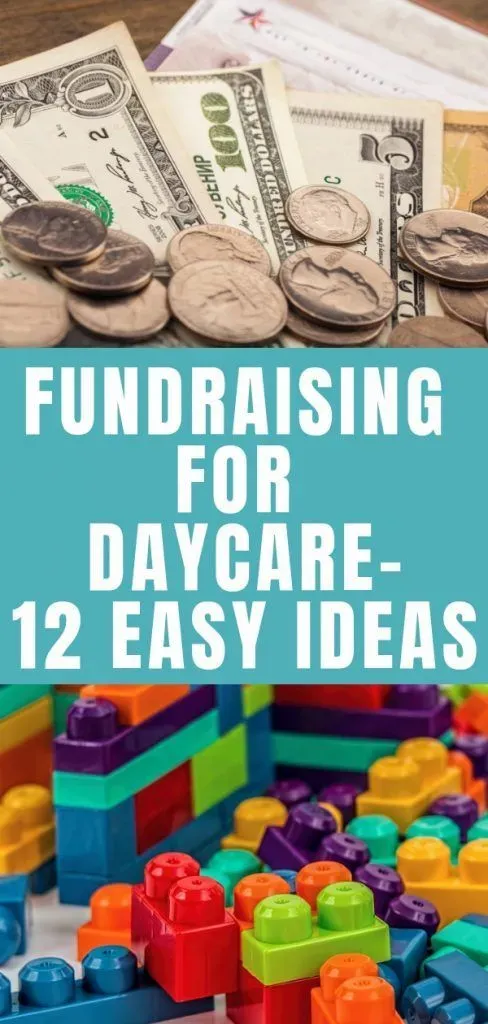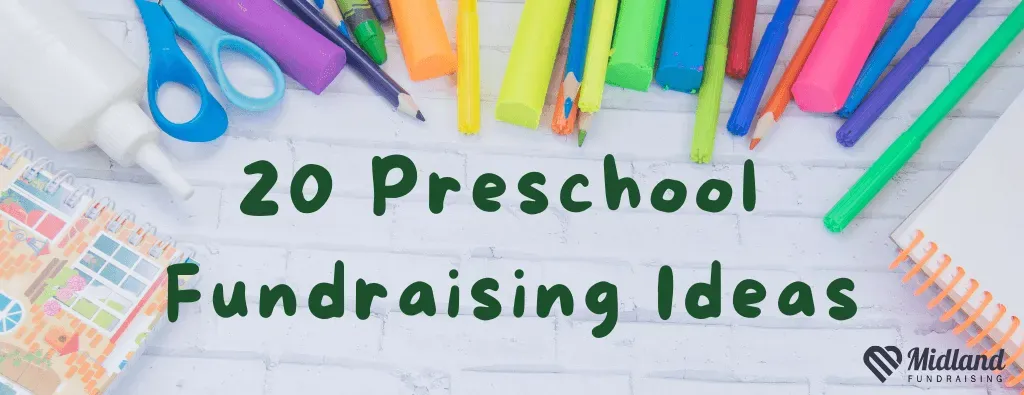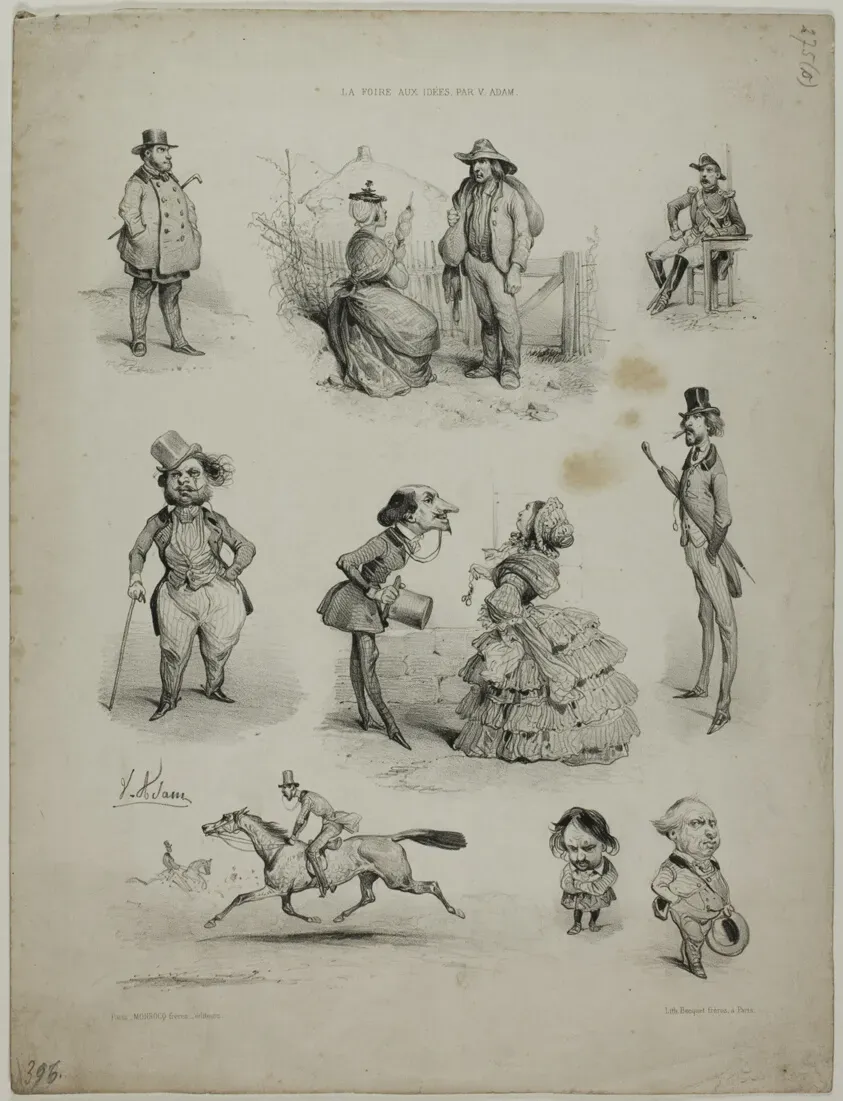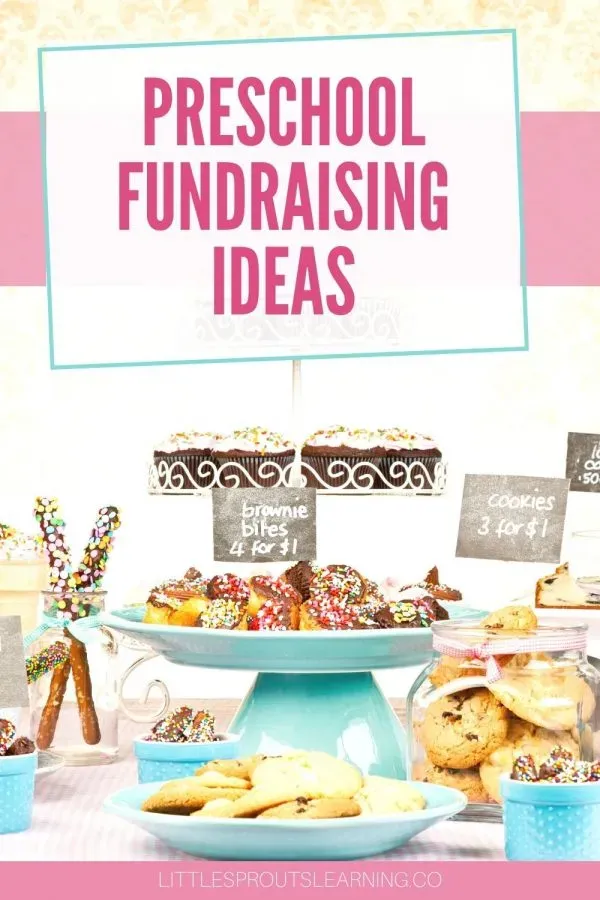Table of Contents
Let's be honest. The phrase "preschool fundraising" often conjures images of stressed-out parents hawking questionable cookie dough or kids knocking on doors in the rain. It feels like another thing on an already overflowing plate, right? Especially when you're trying to involve tiny humans whose attention spans are shorter than a goldfish's.
Why Fundraise with Little Kids Anyway?

Why Fundraise with Little Kids Anyway?
I get it. The thought of corralling twenty three-year-olds for a "fundraising event" probably makes you want to hide under the covers. You're thinking, "Why Fundraise with Little Kids Anyway?" They can barely keep their shoes on, let alone understand the concept of earning money for a cause. True. But hear me out. It's not just about the few bucks you might raise (though every little bit helps, right?). It's about planting tiny seeds. It's about showing them, in the simplest way possible, that contributing feels good. It's about building a little community spirit, getting parents involved, and maybe, just maybe, teaching them that effort can lead to tangible results – like that shiny new slide or those extra tubs of glitter.
Keeping it Super Simple: Principles for Preschool Fundraising

Keeping it Super Simple: Principles for Preschool Fundraising
Think Tiny, Act Local
Alright, so you're ready to dive in, but the key is perspective. We're not funding a moon mission here. We're raising money for things that directly benefit the kids and the classroom right now. This isn't the time for complex online platforms or selling things nobody needs. The most effectiveeasy fundraising ideas for preschoolersare those that involve the immediate community: the parents, grandparents, maybe a friendly neighbor or two. Keep the ask small and the goal visible. If you're trying to raise $500 for new sensory bins, show them pictures of sad, empty shelves and then pictures of awesome sensory bins. Tangible goals work best with busy adults and help the little ones (in their own way) connect the dots.
Involve the Kids (Gently)
This is crucial, but don't misunderstand. "Involve the kids" doesn't mean turning them into tiny salespeople. It means finding ways they can participate in the *process* that feel like play. Maybe they decorate the collection jars for loose change. Maybe they help mix the lemonade for a lemonade stand. Perhaps they paint the rocks you're selling at a garden fair. The activity itself is the point for them, not the transaction. When they feel like they're *doing* something, they're more engaged, and honestly, watching a three-year-old earnestly trying to paint a rock is a great selling point for any parent.
- Keep activities short and sweet.
- Focus on participation, not performance.
- Let them contribute in ways that are safe and fun.
- Celebrate effort, not just the amount raised.
Low Overhead, High Return
Nobody wants to spend $100 on supplies to make $50. When you're looking foreasy fundraising ideas for preschoolers, prioritize options with minimal upfront costs. Think bake sales where parents donate ingredients, craft sales using recycled materials, or simple collection drives. Avoid inventory you have to manage or products you have to buy in bulk. The simpler the logistics, the less stress for everyone involved, and the more of the money raised actually makes it to the intended cause. It's about maximizing the impact of small contributions and volunteer time.
HandsOn Fun: ActivityBased Fundraising Ideas

HandsOn Fun: ActivityBased Fundraising Ideas
The Mighty Mini Art Show
Forget fancy galleries. Set up easels, spread out butcher paper, get the finger paints, crayons, and glitter glue flowing. Let the little artists create their masterpieces. Charge a small "admission" fee for parents, grandparents, and friends to come view the "gallery." You can even have them "bid" (suggest a donation) on their child's specific work. The kids love showing off their creations, the parents get a precious keepsake, and you collect some much-needed funds. Keep it short – an hour is plenty before the glitter rebellion starts.
Lemonade Stand Extravaganza (Preschool Edition)
maybe "extravaganza" is pushing it, but a simple lemonade stand is a classic for a reason. Set up a small table outside the school or at a community event. Let the kids help decorate the stand and cups. They can even help pour pre-made lemonade (supervised, obviously). Charge a dollar or two per cup. It’s simple, requires minimal supplies (lemons, sugar, water, cups), and people are usually happy to support adorable kids selling lemonade, even if it's a little watery. Add some simple cookies baked by parents for an extra draw.
- Keep the price low and easy ($1 or $2).
- Ensure adult supervision is constant.
- Make sure all ingredients are allergen-safe or clearly labeled.
- Let the kids handle putting change in a jar (great counting practice!).
Planting Seeds of Success
This one is a bit more involved but can be really rewarding. Get some small pots, soil, and easy-to-grow seeds like beans, marigolds, or herbs. Let the kids help fill the pots with soil and plant the seeds. They can water them and watch them grow over a few weeks. Once they're big enough, sell the little potted plants to parents and the community. It teaches the kids about nature and responsibility, and parents often love buying something their child helped nurture from seed. Plus, who doesn't need another small plant they might accidentally kill?
LowEffort Wins: CollectionStyle Fundraisers

LowEffort Wins: CollectionStyle Fundraisers
The Loose Change Bonanza
Look, nobody's getting rich off pennies, but seriously, look under your couch cushions. Check those forgotten pockets in winter coats. Everyone has loose change rattling around. Setting up a "Loose Change Bonanza" is arguably the easiest of theeasy fundraising ideas for preschoolers. Put a big, clear jar or container in a visible spot near the entrance or in the classroom. Decorate it with the kids' help – maybe they glue on shiny things or draw pictures of coins. Send a simple note home asking families to empty their coin jars and pockets. You'd be surprised how quickly those dimes and quarters add up. It requires zero selling, minimal effort from parents, and the kids get a kick out of seeing the jar fill up. My own kid's preschool did this, and they funded a whole new set of building blocks just from pocket lint money.
Recycling for a Reason
Another low-effort winner involves things people are already getting rid of. Think bottle and can drives (if your state has a deposit), or collecting specific items like old cell phones, ink cartridges, or even certain types of plastic lids that can be recycled for cash or points through specific programs. This takes a little research to find local options or national programs, but once it's set up, it's just about collecting. Designate a drop-off spot and send out clear instructions on what you're collecting. It taps into people's desire to recycle and declutter, turning potential trash into actual treasure for the preschool. It’s passive income, practically.
- Loose Change Jar: Simple, passive, works with everyday habits.
- Bottle/Can Drive: Requires a drop-off point, taps into recycling efforts.
- Specific Item Collection (Phones, Ink): Needs research into programs, targets specific waste streams.
Getting the GrownUps Involved

Getting the GrownUps Involved
Alright, so you've got someeasy fundraising ideas for preschoolersbubbling, but let's be real: these little humans aren't exactly hitting up their network on LinkedIn. The heavy lifting, or at least the organizational push, falls to the adults. The trick here isn't to overwhelm them or make them feel guilty. It's about making participation easy, clear, and maybe even a little appealing. Think about busy schedules and competing demands. How can you make it simple for them to say "yes" or just drop off that bag of coins? It’s about clear communication, bite-sized tasks, and showing them exactly where their effort goes. Nobody wants to feel like their time or money is just disappearing into a black hole.
Spreading the Word Without Stress

Spreading the Word Without Stress
Keep it Simple and Direct
Nobody needs a fancy newsletter or a three-page manifesto about your fundraising goals. When you're dealing with parents of preschoolers, their inbox is probably already a war zone, and their attention is split between packing lunches and finding matching socks. The best way to spread the word about youreasy fundraising ideas for preschoolersis to be brutally simple and direct. A short note tucked into the child's backpack, a quick email with a clear subject line, or a sign on the classroom door works wonders. State exactly what you're doing, why you're doing it (the tangible goal!), and precisely how people can help. Less is definitely more here. Don't bury the lead in flowery language about community spirit; just tell them you're collecting loose change for new playdough.
Leverage Existing Channels
You don't need to reinvent the wheel for communication. Use the platforms and methods parents already check. Is there a school app? Use it. A parent WhatsApp group? Post a concise message there. A bulletin board near pick-up? Stick up a flyer. The key is to go where they already are, not expect them to seek out new information channels. Regular, brief reminders are more effective than one long, ignored announcement. Think of it like gently nudging, not shouting from a rooftop. Make it impossible for them to miss the message without actively trying.
- Short notes in backpacks.
- Concise emails with clear subject lines.
- Signs on classroom doors or bulletin boards.
- Messages on existing school apps or parent groups.
- A quick mention at drop-off or pick-up.
Make the "Ask" Crystal Clear
Confusion is the enemy of participation. If you're collecting loose change, tell them to send in their change jar. If you're having an art show, tell them the date, time, location, and the small entry fee. Don't make people guess what you need or how they can contribute. Include all necessary details in one place and repeat them in reminders. Explain exactly where the money is going – new books, paint, outdoor toys. When people understand the direct impact of their small contribution, they are far more likely to participate, even in something as low-key as a coin collection. Eliminate any friction points between them reading the message and taking action.
Saying Thank You

Saying Thank You
Don't Be Tardy to the Party (of Gratitude)
you did it. You pulled off a loose change bonanza or a mini art show, and you actually raised some funds without major meltdowns. Now comes the crucial, often overlooked step: saying thank you. And not like, three months later when everyone's forgotten they even donated. Do it fast. Do it sincerely. People who chipped in a few bucks or, even better, volunteered their precious time, deserve to know it was noticed and appreciated. A quick, heartfelt thank you goes a long way toward making them feel good about their contribution and much more likely to help out next time. It’s not rocket science; it's basic human decency mixed with smart community building.
Get the Littles Involved (Again!)
Remember how we involved the kids in the fundraising? Do the same with the thank yous. It doesn't need to be elaborate. Have them draw thank you pictures that you can scan and email out. Get them to help decorate a big "Thank You!" banner to hang up. Maybe they can even practice saying "thank you" to parents at pick-up time (manage expectations here, they're preschoolers). The point is, when donors and volunteers see the kids are involved in the appreciation, it reinforces that the effort was for *them*. It adds a layer of adorable sincerity that no generic email can match. Plus, it’s another low-pressure activity for the kids.
- Kids draw thank you pictures to send electronically.
- Help decorate a large "Thank You" sign.
- Practice saying "thank you" verbally at pick-up/drop-off.
- Make simple thank you cards with handprints.
Show Them Where the Money Went
Beyond the immediate thank you, circle back later and show everyone the impact of their contributions. Did the loose change bonanza pay for new puzzles? Take a picture of the kids happily playing with the new puzzles and share it. Did the art show fund art supplies? Show off the new paints or paper. When parents and the community see concrete results from their donations and effort, they feel a sense of accomplishment right alongside you. It validates their help and closes the loop effectively. It’s proof their small act of kindness actually made a difference in their child's environment.
Common Questions About Preschool Fundraisers

Common Questions About Preschool Fundraisers
Common Questions About Preschool Fundraisers
so you've dipped your toe into the world ofCommon Questions About Preschool Fundraisersand maybe pulled off a loose change drive that didn't end in tears (yours or the kids'). But naturally, a few questions probably pop up. Like, how often should we do this? What if nobody participates? Is it even worth the hassle for the small amounts raised? These are valid points, the kind of stuff that keeps pragmatic people up at night. The goal isn't to turn the preschool into a non-profit fundraising machine, but to find a balance where the effort yields results without burning everyone out. It's about managing expectations and understanding that success here looks different than a corporate charity gala.
Quick Answers to Common Concerns:
- **How often?** Keep it to one or two simple events per school year. More than that feels like a job.
- **What if participation is low?** Don't take it personally. Acknowledge any contribution, no matter how small, and keep the next ask even simpler.
- **Is it worth the hassle?** If the process is truly easy and low-stress, then yes, even small amounts add up for a preschool budget. Focus on the community building aspect too.
- **What's a realistic goal?** Set a modest, achievable goal based on your chosen fundraiser type. Raising $100 from a coin drive is a win; aiming for $500 might be setting yourself up for disappointment.
Making Fundraising Work for Little Learners
So, we've looked at ways to tackle fundraising for the preschool set that won't require a second mortgage or a full-scale community invasion. The goal here isn't to turn your preschool into a corporate powerhouse, but to find practical, low-stress methods to get a little extra funding where it's needed. Whether it's a simple collection drive, a quick activity that involves minimal setup, or just making it dead simple for parents to contribute, theseeasy fundraising ideas for preschoolersprove it's possible to support the kids without adding another layer of exhaustion to the already busy lives of everyone involved. Pick what fits your group, keep it straightforward, and maybe, just maybe, you'll find it's not the worst thing in the world after all.
